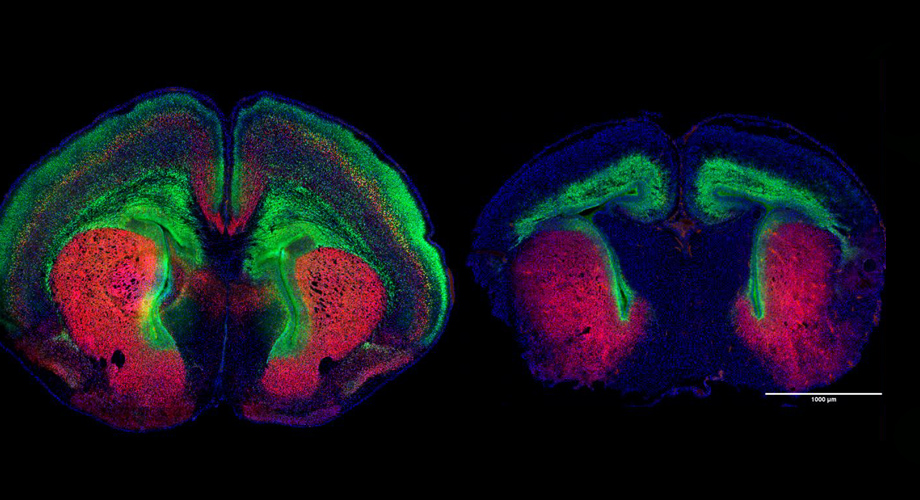
Mutations to Dyrk1a gene lead to brain undergrowth; an existing drug rescues the condition in newborn mice. Damage to the autism-associated gene Dyrk1a, sets off a cascade of problems in developing mouse brains, resulting in abnormal growth-factor signaling, undergrowth of neurons, smaller-than-average brain size, and, eventually, autism-like behaviors, a new study from Scripps Research, Florida, finds.
The study from neuroscientist Damon Page, PhD, describes a new mechanis...
Read More









Recent Comments